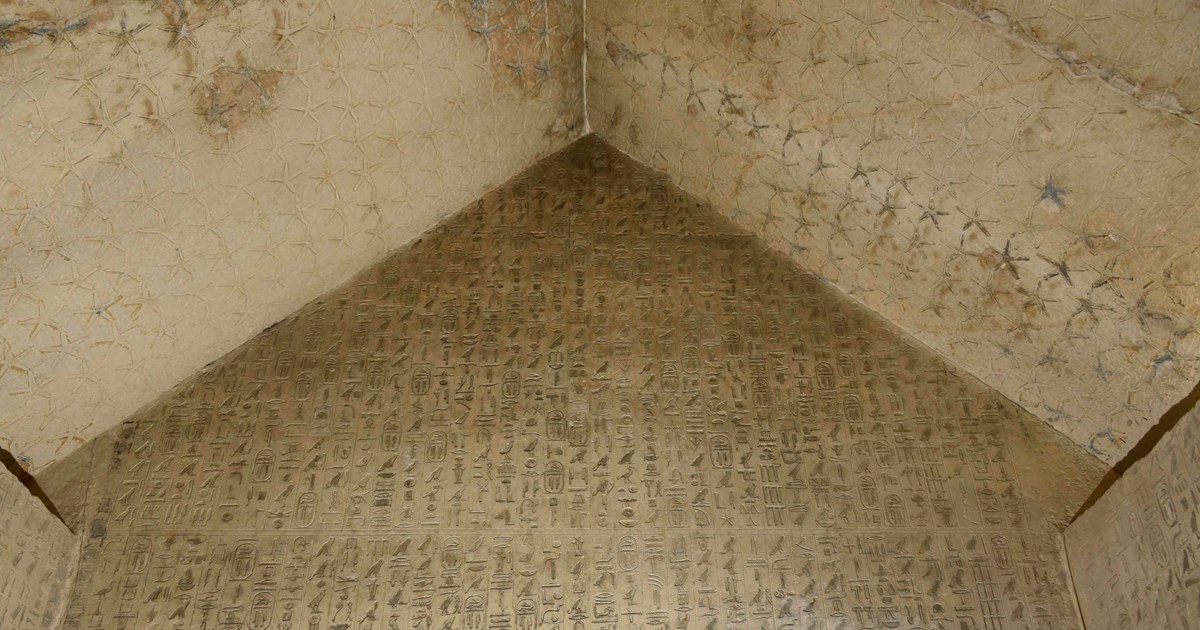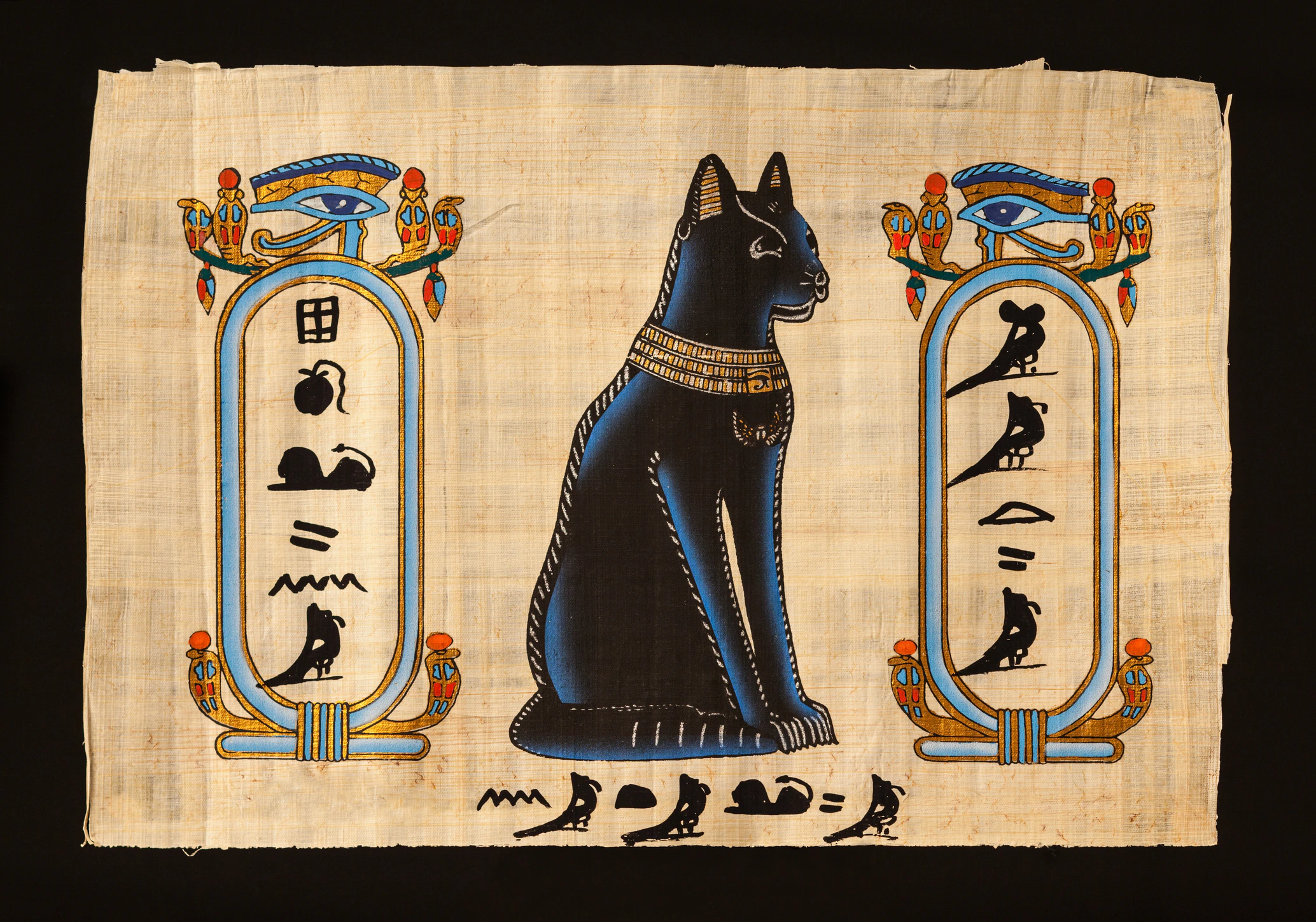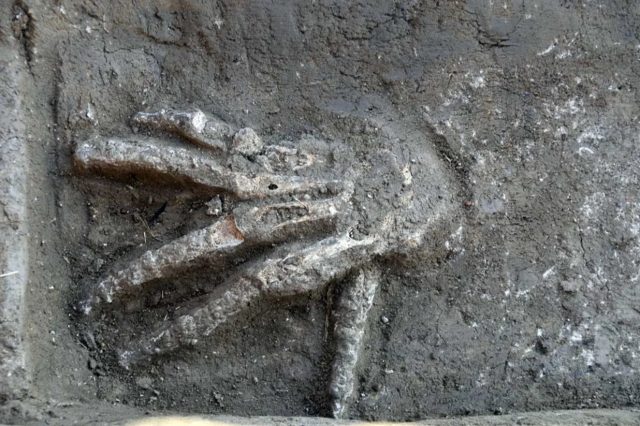The story behind ancient Egypt's pyramid texts can be traced back to the late 1880s when French archaeologist Gaston Maspero came to Egypt to excavate at the Saqqara Necropolis.
Have you ever wondered about what ancient Egypt pyramid texts are? Although many people believe these ancient texts mention when, how, and why the ancient Egyptians built the pyramids, this is not the case. To this day, not a single ancient document has been discovered in Egypt that tells us the purpose of the pyramids. Not one ancient text from Egypt exists that mentions how the Pyramids were built. There is nothing out there that can shed light on the techniques and methods that were used to erect some of the most impressive monuments on Earth. So if the Pyramid Texts do not refer to the constitution of the pyramids, what do they speak of? To find out, we must travel to Saqqara, where it all began.
Saqqara, where it all began
The story behind ancient Egypt’s pyramid texts can be traced back to the late 1880s when French archaeologist Gaston Maspero came to Egypt to excavate at the Saqqara Necropolis. He had chosen a hill that had been previously mapped by the Lepsius expedition. Although mapped, the monument Maspero aimed to excavate was not studied in detail. Maspero’s work unveiled the monument to have been a pyramid in ruins. When he accessed the subterranean chambers, he was left surprised by what he had discovered. The walls of the chambers had been decorated by countless hieroglyphs. This was odd since no other pyramid had anything similar. Auguste Mariette, who was in charge of archeology in Egypt, was informed about the discovery. However, Mariette dismissed this find because nothing like it had ever been found in a pyramid. Therefore, Mariette thought Maspero had found a mastaba, not a pyramid.
What Are Ancient Egypt’s Pyramid Texts?
Despite the fact Mariette had dismissed Maspero’s find, the French archaeologists did not give up. In fact, he decided to continue his work, convinced that what he had found were the first hieroglyphs written inside a pyramid. The monument Mariette thought was a mastaba, Maspero believed, was the pyramid of Pepi I, a pharaoh of Egypt’s Sixth Dynasty. Saqqara was a true gold mine for archaeologists. No more than 1000 meters from the monument Maspero thought was the pyramid of Pepi I, he found another structure. Excavations quickly provide joy to the French archaeologist. He had stumbled across the Pyramid of Merenre I, the successor of Pepi I. And just like the wall of Pepi I’s pyramid were filled with hieroglyphs on the walls, so were the walls of the pyramid of Merenre I. Maspero knew he was onto something. From 1880 until 1881, he excavated other pyramids. He entered the chambers of the pyramids of Unas, Teti, and Pepi II, and discovered in all of them hieroglyphics. He had the honor of naming the hieroglyphs, and he called them the “Pyramid Texts.” Eventually, archeological surveys of the pyramids revealed that these so-called pyramid texts appeared inside pyramids but only during a limited time in the history of ancient Egypt. They began to be carved on the walls of pyramids from the reign of the last ruler of the Fifth Dynasty until the rule of Ibi, a Pharaoh of the Eighth Dynasty.
The first published work on Pyramid texts
Maspero published his first work on the pyramid texts in 1894 under the name “Les inscriptions des pyramids de Saqqarah.” The work was translated between 1908 and 1910 and updated by German archaeologist and philosopher Kurt Sethe under the name “Die Altägyptischen Pyramidentexte.” Then, in 1969, British archaeologist Raymond Faulkner published an English work called the Ancient Egyptian Pyramid Texts.
What do the Ancient Egyptian Pyramid texts mean?
The ancient Egyptian pyramid texts are the oldest collection of ancient Egyptian religion inscriptions. Their meaning revolves around the ruler and his life in the afterlife. The pyramid texts compile a series of conceptions of the afterlife (the beyond). The conceptions themselves are drawn from different periods and origins. The Pyramid texts compile several elements of the dog, the star, the sun, and the Osirirs cults. As per the text, after his death, the king becomes one of the eternal shining stars stringing the North Star. However, in a dual sense, the ruler also crosses the celestial ocean of the day and night on a boat with the sun god. As explained by Miroslav Verner, “the ruler may experience the mythical, pathetic fate of Osiris before finally coalescing with the god of death and the ruler of the underworld.” This way, the dead leader’s afterlife is located not only in the heavens but also in the underworld, representing a duality of the ancient Egyptian afterlife.
Have something to add? Visit Curiosmos on Facebook. Join the discussion in our mobile Telegram group. Also, follow us on Google News.





